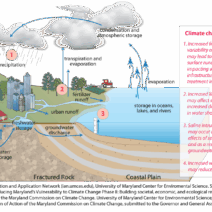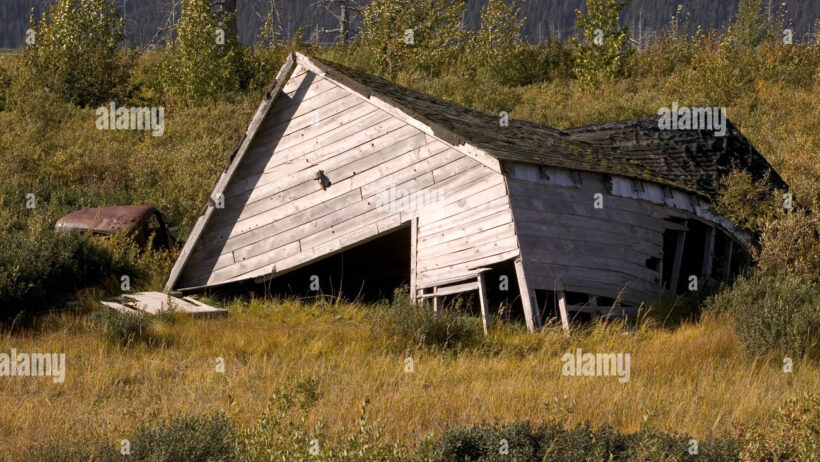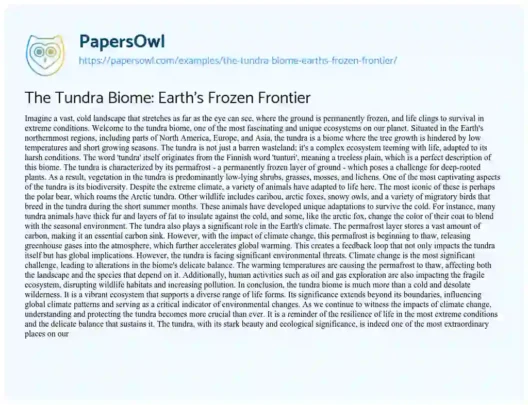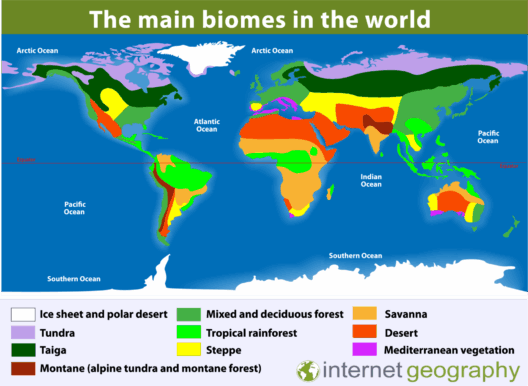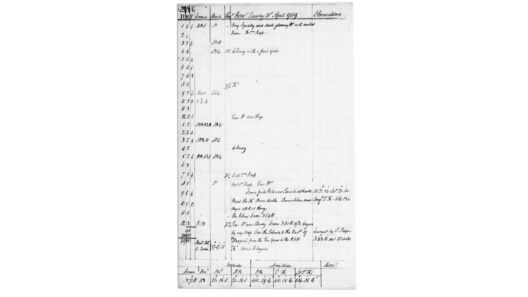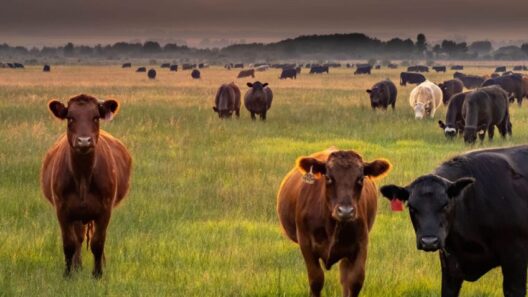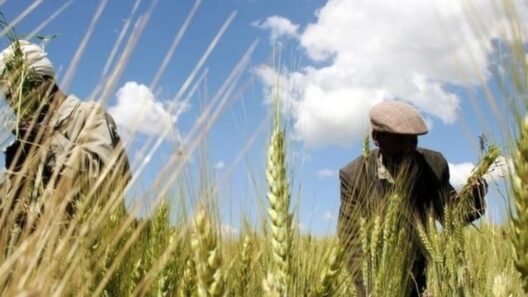The majestic Himalayas, often revered as the “Roof of the World,” are currently undergoing a profound transformation. This transformation, however, is not one celebrated in the pages of travel brochures or postcards but rather a metamorphosis steeped in tragic consequences. The phenomenon of permafrost melting in Tibet is emblematic of a broader climatic upheaval, an alarming reality driven by global warming. As the temperatures rise, the once adamantine cryosphere—permafrost—begins to yield, exposing the intricate web of ecological, social, and geological ramifications that accompany this thaw.
Permafrost, that stubborn layer of frozen soil, has traditionally acted as a formidable guardian of the earth beneath it. Yet, as global temperatures continue their inexorable climb, this guardian finds itself in an increasingly vulnerable position. The Intergovernmental Panel on Climate Change (IPCC) forecasts catastrophic changes in temperature across the Tibetan plateau, with some regions experiencing rises of up to 3ºC by the end of the century. Such alterations do not occur in isolation; rather, they ripple through ecosystems and communities, setting off a chain reaction that threatens the very fabric of life in the Himalayas.
As the permafrost thaws, it releases previously trapped greenhouse gases, primarily methane and carbon dioxide, into the atmosphere. These gases, potent accelerators of climate change, exacerbate the warming phenomenon in an insidious feedback loop. Imagine a colossal snowball rolling downhill, gathering momentum as it progresses. This snowball, composed of our own atmospheric transgressions, grows ever larger as the permafrost recedes. The once-frozen ground now acts as a conduit, unleashing greenhouse gases that pave the way for further climatic chaos.
The ramifications of this thaw extend beyond the atmospheric domain and deepen into the very foundations of Himalayan communities. The indigenous inhabitants, who have navigated the peaks and valleys for centuries, face an epoch that is increasingly hostile. Water resources, once reliable, now ebb and flow inconsistently as the glaciers retreat. Rivers that were once fed by meltwater experience erratic fluctuations, disrupting the delicate balance that supports agriculture and livelihoods. These communities, reliant on the rhythm of the seasons and the bounty of nature, find themselves grappling with an unfamiliar reality where unpredictability reigns.
The cultural tapestry of Tibet is intricately woven with the rhythms of its landscapes. The melting permafrost, with its attendant ecological changes, threatens to unravel this tapestry, as sacred sites become vulnerable and age-old practices fade away into memory. The traditional grazing routes of herders are compromised, forcing shifts that reshape identities and customs honed over millennia. Each melting patch of permafrost is not merely a geological shift but a metaphorical crack in the very foundation of Tibetan culture.
Moreover, the geological consequences of permafrost melt lead to active subsidence and landslides, creating a cascade of risk. As the frozen ground thaws and loses its structural integrity, landscapes morph dramatically. This not only endangers natural habitats but also jeopardizes infrastructure—roads, homes, and transportation networks stand on increasingly precarious footing. The skyline of Tibet, once adorned by the grandeur of mountains and glaciers, risks being transformed into one of instability and loss.
The ecological landscape is equally affected. As permafrost thaws, new ecosystems are emerging in the absence of white-capped glaciers and snowfields. These nascent ecosystems, while rich in potential, also introduce a host of invasive species that find a burgeoning habitat in the newly exposed earth. Flora and fauna that thrived in the cold, austere conditions are confronted by competitors that flourish in warmer environments. The intricate interactions between species, honed over decades, face redefining challenges that could lead to the extinction of native species that adapt poorly to changing climates.
Yet, amidst this gloom, there is a glimmer of hope. The climatological changes occurring in Tibet have garnered international attention, funneling resources into research and conservation efforts. Collaborative projects aimed at mitigating the impacts of permafrost thaw are increasingly underway, driven by a collective urgency to understand and counteract the repercussions of climate change. Scientists are employing advanced technologies such as satellite imaging and sensor networks to closely monitor the changes, striving to create adaptive strategies that can assist local communities in navigating this uncertain terrain.
Moreover, the plight of Tibet serves as a clarion call to the global community. The struggles faced by the Himalayan region should illuminate a broader understanding of climate change as a shared concern. It beckons us to realize that the melting of Tibetan permafrost is not just a regional issue but a global affliction, entwined with our own choices and actions. As we witness the reverberations of this thaw, we must acknowledge our stake in the future of fragile environments everywhere.
In summary, the delicate balancing act of life in the Himalayas is at a critical juncture. The melting permafrost in Tibet stands as both a metaphorical and literal representation of a world caught in the throes of climatic turmoil. This transformation brings forth challenges that resonate beyond these high-altitude landscapes, urging collective responsibility and proactive engagement in climate action. The poignant reality is that, just like the melting permafrost, time is slipping away, and what remains to be salvaged lies firmly in our hands.
